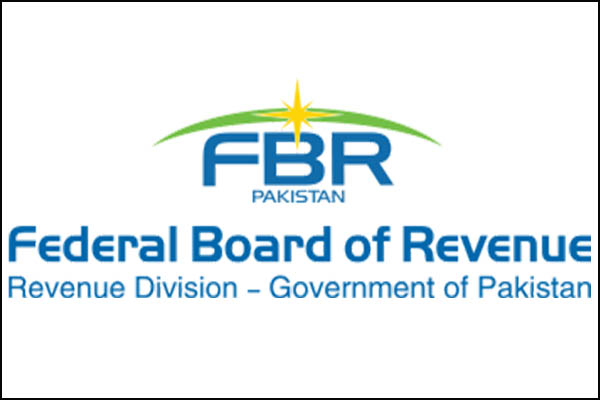
File photo
It is now widely acknowledged that Pakistan is in the midst of an economic crisis, requiring it to seek an urgent bailout from the International Monetary Fund (IMF) that comes with harsh conditions that rulers and the general public will find hard to stomach. Among the fiscal policies the global lender is focusing on in its ongoing discussions with the government is the matter of the country’s tax collection, with recent data from the Federal Board of Revenue (FBR) showing that the tax-to-GDP ratio in the first half of the ongoing fiscal was recorded at 4.4 percent—0.4 percent less than the 4.8 percent logged during the same period last year.
Pakistan has a worryingly low direct tax collection, primarily due to weak compliance by citizens and numerous state-permitted exceptions. Of the total income tax collection, according to FBR data from 2018, companies pay 55.84 percent. Of the remainder, the non-salaried class—with 54.06 percent registered tax filers—contributes 21.01 percent, while the salaried class accounts for 14.66 percent. Currently, the government calculated personal income tax according to “slabs” based on annual taxable income. Under this, citizens earning between Rs. 600,000 and Rs. 1.2 million annually are taxed at the minimum 2.5 percent. The maximum income tax rate—Rs. 2.955 million + 35 percent of the amount exceeding Rs. 12 million—has been set for individuals earning Rs. 1 million or more monthly.
The rate of personal income tax in Pakistan has averaged 23.24 percent from 2006 through 2022, with an all-time high of 35 percent in 2020 and a record low of 20 percent in 2007. Tax collection, meanwhile, varies geographically based on whether the region in question is industrial or agricultural.
According to FBR data, industrial port city Karachi accounts for 75.14 percent of customs duty and 79 percent of sales tax on imports. The city also provides the highest income tax collection from filers, with the 2018 data revealing Rs. 572,594,396,386 collections from the city, followed by Rs. 204,148,673,059 from Islamabad. In third place is Punjab capital Lahore with Rs. 200,717,435,894, followed by Rs. 35,170,187,615 from Rawalpindi; and Rs. 16,264,148,003 from Faisalabad.
The IMF maintains this is not enough to plug the widening gap between Pakistan’s revenues and expenditures. According to Finance Minister Ishaq Dar, Islamabad will soon impose Rs. 170 billion in additional taxes for the remaining four months of the ongoing fiscal on the lender’s demand. It is too soon to say whether even this will be enough to help steer the country out of the years-in-the-making crisis its overburdened populace is currently suffering.
